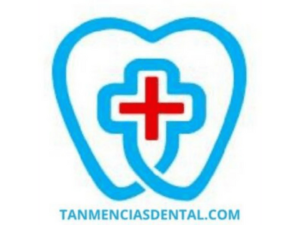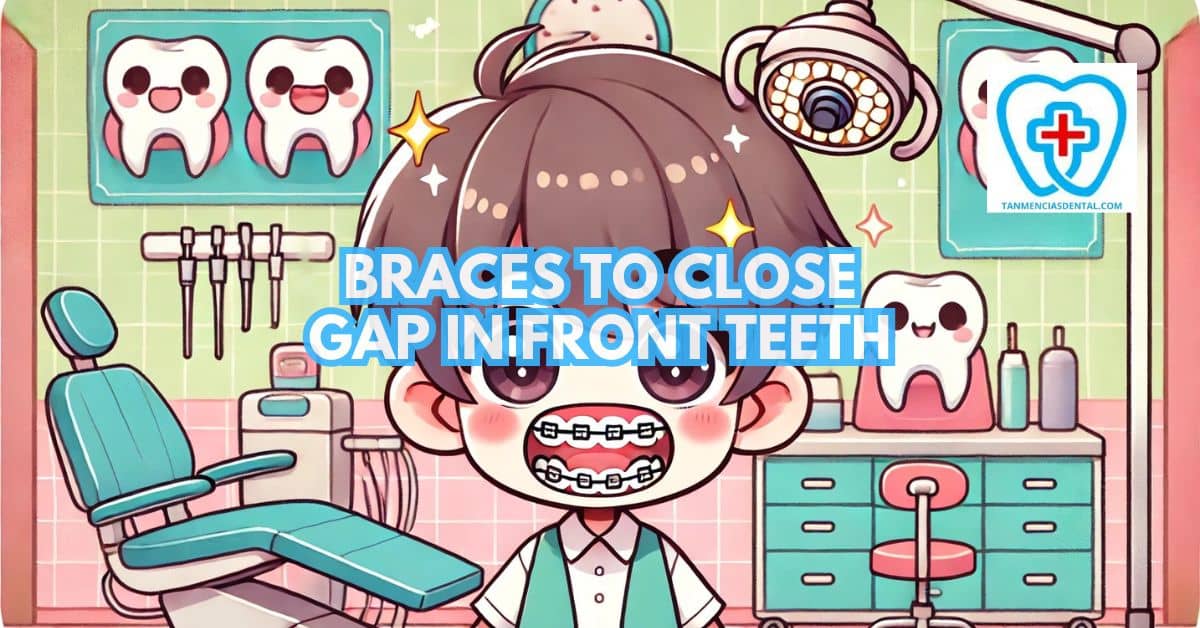Gaps in front teeth, medically known as diastema, can occur for various reasons, such as genetics, improper alignment, or habits like thumb-sucking.
Many adults wonder if braces can still correct these gaps later in life.
We’ll explore the effectiveness of braces to close gaps in front teeth for adults and what to expect during treatment.
Adults often feel uncertain about starting orthodontic treatment, but age is not a barrier to achieving healthier teeth.
By addressing these gaps, individuals can enhance both their appearance and dental health.
1. What Causes Gaps in Front Teeth and How Common Are They?
Gaps in front teeth can result from genetic factors that affect tooth size or jaw alignment.
If the teeth are too small for the jaw, spaces naturally form between them.
Other causes include habits like tongue thrusting or prolonged pacifier use in childhood, which push teeth apart.
Some medical conditions, such as gum disease, can also lead to gaps by weakening the tissues that support the teeth.
Gaps are a common dental issue and can vary in size and location, affecting people of all ages.
🦷 Celebrating Dentist Day and the Importance of Oral Health
2. Is It Possible for Adults to Get Braces to Close Gaps?
Adults can absolutely get braces to address gaps in their front teeth.
Modern orthodontics has advanced significantly, allowing treatments to be customized for adult patients.
The key requirement is healthy teeth and gums, as orthodontic work relies on strong foundations.
Adults may need more time for treatment compared to children, but the outcomes are just as successful.
With options like clear aligners, even those concerned about aesthetics during treatment can benefit.
🦷 Is It Time For Braces To Close Gaps In Teeth? Signs You Need Orthodontic Treatment
3. What Factors Influence the Success of Braces in Adults?
The size and location of the gap are critical factors that determine how well braces will work.
Healthy gum tissue is essential because inflammation or disease can complicate treatment.
Commitment to wearing retainers after braces is also important, as teeth can shift back without proper maintenance.
The type of braces used—metal, ceramic, or clear aligners—can also affect the treatment timeline and results.
Lastly, consistent follow-ups with the orthodontist ensure that adjustments are made as needed for optimal progress.
🦷 How to Whiten Your Teeth After Braces and Flash a Brighter Smile
4. Why Closing a Gap in Your Front Teeth is Beneficial
Closing a gap in your front teeth can greatly improve oral health by making it easier to brush and floss effectively.
Misaligned teeth can trap food particles, increasing the risk of decay and gum issues.
Many people also feel more confident when their teeth are evenly spaced, which can improve social interactions and self-esteem.
Proper alignment helps distribute bite pressure evenly, preventing unnecessary wear on certain teeth.
Over time, addressing these gaps can lead to better long-term dental and overall health.
🦷 Should You Brush Your Teeth Before or After Whitening Strips?
5. Types of Braces for Adults: Which One is Right for You?
Adults have several choices for braces, depending on their needs and preferences.
Traditional metal braces are highly effective and suitable for most cases, but they are the most noticeable.
Clear ceramic braces blend in with teeth, offering a less visible option while still being effective for large gaps.
Clear aligners, like Invisalign, are nearly invisible and can be removed for eating and cleaning, though they require discipline to wear consistently.
Lingual braces, placed behind the teeth, are another discreet option but may take longer to get used to.
🦷 Understanding the Collaboration Between Dentist and Dental Hygienists in Oral Care
6. How Does Age Impact Braces Treatment for Gaps?
Age can influence the speed and complexity of orthodontic treatment, but it doesn’t prevent adults from achieving excellent results.
In adults, the jawbone is no longer growing, which may make teeth move more slowly than in younger patients.
This means treatment might take a bit longer, but modern techniques help overcome these challenges.
Adults also tend to have more wear and tear on their teeth, which could affect the starting point of treatment.
However, orthodontists are skilled at creating plans that address these specific needs and deliver lasting results.
🦷 Is Bonding a Chipped Tooth the Right Solution for Your Dental Needs?
7. How Long Does It Take to Close a Gap with Braces?
The time required to close a gap depends on factors like the size of the gap and the type of braces used.
Small gaps might take only a few months, while larger gaps can take up to two years.
Consistency in wearing braces or aligners is key to staying on schedule.
Orthodontic visits allow for regular adjustments that keep the treatment progressing efficiently.
Patients who follow their orthodontist’s instructions often see faster and more predictable results.
🦷 Can You Brush Your Teeth Without Toothpaste?
8. What to Expect in Terms of Pain or Discomfort During Treatment
During the first few days of wearing braces or aligners, mild soreness is common as the teeth begin to shift.
Some people experience irritation on the cheeks or gums, which can be relieved with orthodontic wax.
Over-the-counter pain relievers are usually sufficient for managing any discomfort.
Regular adjustments or switching to a new aligner tray may cause temporary pressure, but this typically subsides within a few days.
Most patients find that any discomfort becomes less noticeable as they adjust to treatment.
🦷 The Benefits of Bonding Chipped Front Teeth: A Quick and Affordable Smile Makeover
9. Other Treatment Options for Closing Gaps in Front Teeth
In addition to braces, options like veneers and bonding are available for closing gaps.
Veneers are thin shells that cover the front of the teeth and can instantly hide gaps, making them a quick solution.
Bonding involves applying a tooth-colored resin to fill in gaps, which is more affordable but less durable than veneers.
Orthodontic appliances like retainers with built-in springs can also help close small gaps without full braces.
Consulting a dental professional is essential to determining which option best suits your needs and budget.
🦷 Fun and Creative Ways for Teaching Children Oral Hygiene Habits
10. Why You Should Consult an Orthodontist Before Getting Braces
An orthodontist has the expertise to evaluate your teeth and recommend the most effective treatment plan.
They will examine your overall oral health to ensure braces are safe and appropriate for you.
The consultation allows you to understand the costs, timeline, and expected outcomes of treatment.
Orthodontists can also address any concerns or questions you have about the process.
Seeking professional advice is the best way to start your journey toward closing a gap in your front teeth.
🦷 Professional Dentistry in Marikina
👨⚕️ Conclusion
Getting braces to close gaps in front teeth is a practical and achievable goal for adults.
Modern orthodontic options cater to various needs, ensuring that age is not a limiting factor.
Taking steps to address these gaps improves oral health, appearance, and confidence.
Starting with an orthodontist consultation sets you on the path to understanding your treatment options.
With patience and commitment, you can enjoy a healthier, more aligned smile.
😊 Self-Promotion
Looking for top-notch dental care in Parang, Marikina City?
Visit Tan-Mencias Dental Clinic, where your smile is our priority!
We’re here to answer your questions and concerns—give us a call at 9171451074, send us a message on our Facebook page, or reach out through our website’s contact form.
Our friendly team is ready to provide the personalized care you deserve.
Let’s work together for a brighter, healthier smile—schedule your appointment today!

